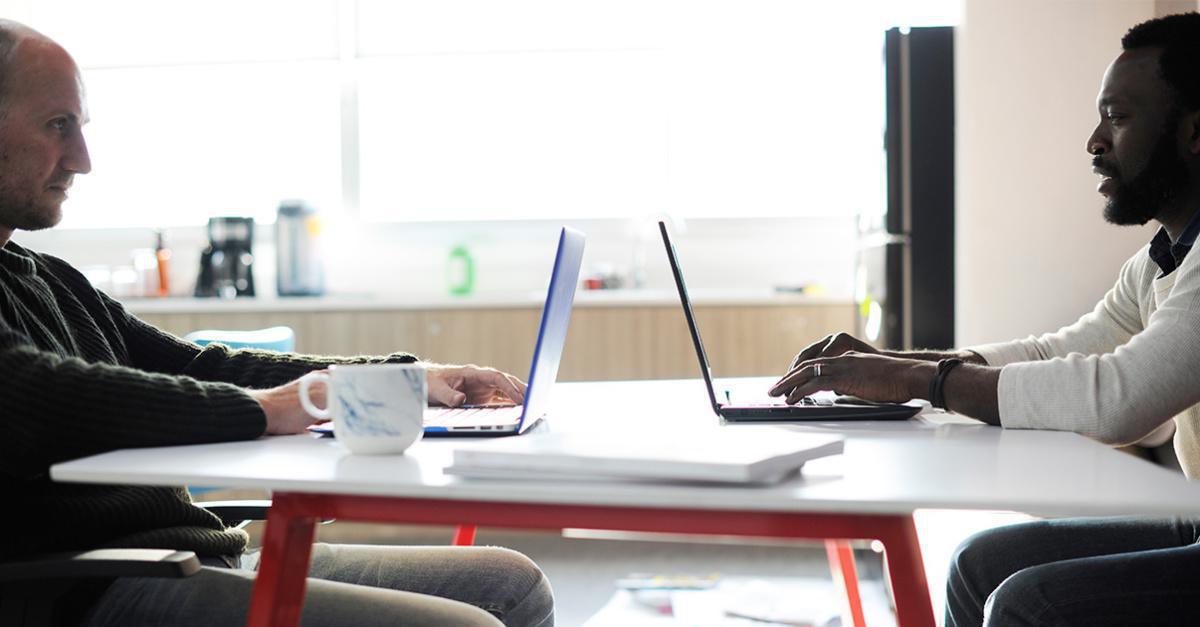With unemployment and the scarcity of jobs on the rise, many South Africans have since taken interest in running their own businesses. While the idea of starting a business is a sensible one, and possibly an answer to curbing the challenges of unemployment, poverty, and crime in our country, the reality, however, is that to start a business requires a lot of things. Chief amongst this is finance. You need capital to start a business.
Despite the many financial options available such as government funding institutions, commercial banks, equity investors or venture capitalists, many businesses big or small are currently struggling to access funding for their businesses, for a number of reasons. In most cases you would find that the global credit crunch has had a huge impact on lending, but other reasons may be that some businesses are considered too risky to can lend fund or lend them money , others are early stage start-ups or perhaps don't fit the BEE criteria laid down by the government to access support.
What a pain!
What can be done about this? How do you start a business without capital?
Find a great product or idea and sell it to the right market
The way we build products has fundamentally changed. The reason why most businesses are unsuccessful is that they fail to build a product or offer services that people need. Best advice is to discover a problem that people are struggling with and then find a solution for it. Your ‘product’ is not your product; your business model is your product. Entrepreneurs need to have a repeatable and scalable business model, before trying to ask for money for their venture. Investors will only dig into their pockets once you have one.
Test the market first before going all out
One way of seeing if whether or not your idea is worth pursuing before asking for funding, is to follow the Lean Methodology Approach, which is one of the best ways to validate your business. When you’re starting out you need to think of your business as an experiment. An experiment in which you need to test all the assumptions you have for each part of your model. You don’t need funding to test whether you have an idea that is worth pursuing.
The lean approach starts off with creating a one-page business model known as the Lean Canvas which contains 9 parts. You need to get out the building and into the market to start testing these 9 parts and validating or adapting your assumptions you have of your product and discovering who your early adopters are to start testing and building your product with.
Analyze your feedback
The next step is to examine your findings, measure the response/feedback metrics and then learn – either to pivot or to preserve with your current strategy. The premise behind this method is to help you build a better product faster and in a less risky way. The core of the first stages involves following the customer development process and engaging and finding early adopters.
What you start with is an MVP (minimum viable product). You then start making small alterations as you learn and measure the responses from engaging with your possible customers.
Getting large amounts of money for your business to take off only comes at the end of stage 2 in the process when you have product/market fit and can scale. Before then, you need to start building traction for your business, you don’t need money to go about this.
Jason Newmark is a serial entrepreneur and the Leading Authority and Pioneer of the Lean Methodology for startups in South Africa. Owner of the New-mark Group of which businesses include: Co-Founder of Mompreneurs & Co-founder & Director of Kidpreneurs & Leanstack South Africa. He is the winner on the awarding winner show ‘Shark Tank’ and a mentor for the Allan Gray Orbis Foundation.



